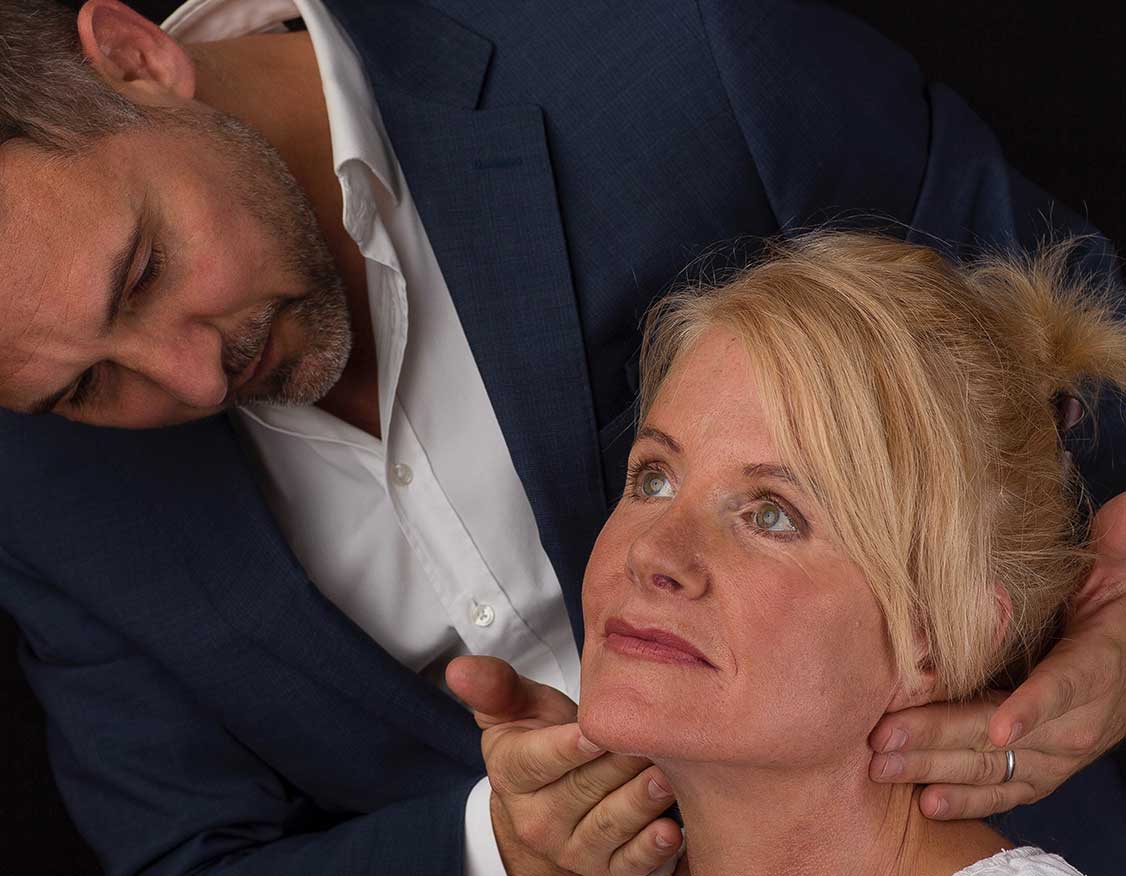How Long Do Face Lifts Last?
 Facelifts can provide a dramatic, youthful transformation, but if you’re considering one, you might be wondering – how long do the results last? The longevity of a facelift depends on a variety of factors, from the surgical technique used to your lifestyle habits.
Facelifts can provide a dramatic, youthful transformation, but if you’re considering one, you might be wondering – how long do the results last? The longevity of a facelift depends on a variety of factors, from the surgical technique used to your lifestyle habits.
Dominic Bray is a well-respected voice in this field, performing countless facelift procedures every year and with a clientele that travels worldwide for his meticulous skill.
Read on for our ultimate guide to how long facelifts last as we look at expectation versus reality.
Understanding Facelift Surgery
Facelift surgery is a cosmetic procedure designed to rejuvenate your face and neck. It involves tightening loose skin and reducing sagging, with the primary objective of restoring a more youthful appearance and addressing signs of facial ageing.
Both men and women may benefit from facelift surgery, with the typical age range for patients being between 40 and 60 years old.
Why Have a Face Lift?
The primary reason why you might opt for facelift surgery is to improve the appearance of sagging skin, jowls, and excess skin around the neck area. The procedure can diminish the visibility of fine lines and wrinkles, resulting in a smoother and more youthful facial appearance.
This type of plastic surgery involves tightening underlying muscles and removing excess skin, leading to a more rejuvenated look. In turn, this can improve a patient’s self-confidence and self-esteem.
What Determines Facelift Longevity?
The results of a facelift can last anywhere from 7 to 10 years on average, but several factors influence how long you’ll enjoy the results of your facelift:
- Surgical Technique: More advanced facelift procedures that address the deeper facial structures tend to provide longer-lasting results than simpler, more superficial techniques.
- Age at Time of Surgery: Patients who undergo a facelift at a younger age (40s-50s) often see their results last longer than those who have the procedure later in life.
- Skin Quality and Elasticity: Individuals with healthier, more elastic skin typically maintain their youthful look for a longer period of time after a facelift.
- Lifestyle Habits: Protecting your skin from sun damage, maintaining a healthy diet, and avoiding smoking can all help extend the longevity of your facelift results.
We would also recommend doing your homework when it comes to researching clinics and surgeons. To avoid disappointment and irreparable damage, choose a board-certified plastic surgeon who will be able to determine the best facelift technique for your needs and goals.
How To Keep Facelift Results Looking Their Best
It’s important to follow your surgeon’s aftercare plan closely and maintain a consistent skincare routine. Complementary treatments like laser therapy, chemical peels and dermal fillers can also help refresh your appearance over time.
Choosing the Right Type of Facelift Surgery
If you have begun looking into all the various facelift surgeries you might be feeling overwhelmed at the thought of deciding which surgical procedure is the right one for you.
Facelift techniques do vary depending on the procedure you choose and also your chosen surgeon.
Here are a few popular kinds of facelifts:
Mini facelift
A mini facelift tends to be a less invasive procedure that can be completed quickly with a relatively short recovery period. The risks are lower than those associated with a full traditional facelift however results may not be as long-lasting.
Face and Neck lift
A full facelift should also incorporate the neck area to ensure a seamless transition that leaves no telltale signs of surgery having taken place. A face and neck lift with Dominic Bray can help you achieve a more youthful look with just 2 to 4 weeks of recovery time.
Deep plane facelift
The deep plane facelift can offer superior outcomes compared to other facelift methods. It typically produces more natural-looking and aesthetically pleasing results as the method involves manipulating deeper layers of facial tissue.
Can You Have More Than One Facelift?
Secondary facelifts or revision surgeries are sometimes necessary for patients to maintain or enhance their initial results. There are several reasons for undergoing further facelift surgery including the natural ageing process or complications arising from your original procedure.
Non-Surgical Alternatives to Rejuvenate Facial Skin
If you’re not quite ready for a full facelift procedure, there are other less invasive ways to tackle sagging skin and facial ageing.
Dermal fillers and chemical peels can drastically improve skin texture and add volume to lacklustre skin. You may also consider laser resurfacing or skin boosters to gain a more refreshed appearance without the need for invasive facelifts.
If you’d like to speak to a board-certified facial plastic surgeon, you can book a consultation with Dominic Bray by calling +44 203 417 9980.


Considering
Facelift Surgery?
The definitive guide to anyone considering facelift and neck lift surgery at our London or Tunbridge Wells locations. Essential research for potential patients.
Read this first






